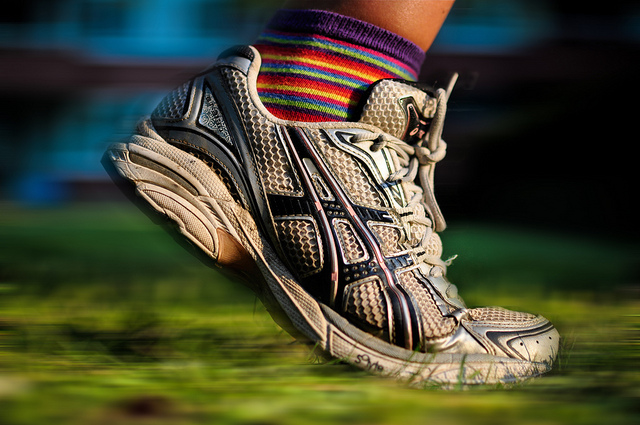
Sports injuries are injuries that happen when playing sports or exercising and are a common occurrence amongst athletes and enthusiasts alike. Some of the injuries can be minor, requiring just some rest to heal up, while others can be extremely serious. While not all injuries can be avoided while playing sports due to unpredictable factors, many injuries can be lessened or prevented if proper measures are taken.
What are Common Sports Injuries?
The most common sports injuries are:
- Knee injuries;
- Sprains and strains;
- Achilles tendon injuries;
- Skin abrasions or punctures;
- Bone fractures;
- Contusions;
- Dislocations.
There are two types of sports injuries to watch out for: Acute injuries and chronic injuries. An acute injury is a sudden injury and the pain is immediate and sharp. Sprains, fractures and strains are examples of acute injuries. Some common symptoms of acute injury include:
- Sharp, sudden pain;
- Immediate swelling;
- Tenderness at and around the affected area;
- Weakness of the affected limb or joint;
- A bone or joint that is out of place.
Chronic injuries are caused by overuse, can develop slowly and can last a long period of time. Chronic injury symptoms tend to be mild when compared to acute injury symptoms and the pain is less. Due to this, people tend to ignore or not notice the injury and continue with their activities, making the injury worse. As time goes on, the injury will worsen and cause more problems. Stress fractures and tennis elbow are common chronic injuries. Symptoms of chronic injury include:
- Pain during an exercise or activity;
- Dull aching while at rest;
- Swelling after an activity.
A doctor should look at the injury if the pain or swelling gets worse, if you can’t put any weight on the area or if an old injury starts to hurt.
How Do Sports Injuries Happen?
Sports injuries can be caused by many things, such as:
- Not being properly trained in a sport or exercise. If you take up a new sport or exercise, make sure you are properly trained and know what you are doing. Many injuries can be caused by ignorance or the body not being used to the punishment it’s going through. Many people will dive right into a new activity and not think about the consequences it will have on their body. A slow increase of intensity in a new activity will help prevent an injury from happening.
- When taking up a new sport or exercise, make sure you wear the proper protective gear. Whether you are taking up boxing, football, baseball or any other activity that requires protective gear, make sure you wear them. The gear is there for a reason and not wearing it can cause minor to serious injuries that can have a severe and detrimental impact on your life.
- Warm up before every exercise and sport. A proper warm up with stretches will keep the muscles loose and warm, making them less susceptible to injuries. All warm ups should be specifically tailored to the exercise or sport you are playing, focusing on the areas of the body that will be worked the most.
- Rest between exercises and playing sports. Pushing your body with day after day of exercise, training or playing a sport won’t help and will only lead to injury. Resting and letting your body recuperate is an important part of exercise and training and will prevent injuries from happening.
- Avoid playing, exercising or training while tired. When you are tired, you are not in a right state of mind and you can cause injury to yourself as a result. If you are tired, give yourself a day to get some proper rest and continue your activities the next day.
- Using improper footwear. Not wearing the proper shoes can cause injury to the feet and legs. If you have worn out shoes, make sure you buy replacements as soon as possible. Also, you need to buy shoes tailored for your specific foot type and your running style. There are 3 different feet types: normal, flat and high arch.
Most minor injuries can be treated with the PRICE method: P– Protect yourself from further injury by using a crutch, pad or splint. R– Restrict activity. Limit the activity or take time off from what you are doing to prevent further injury and allow yourself time to heal. I– Apply ice to the affected area to reduce inflammation and swelling for 20 minutes every 2 hours. C– Apply compression to the affected area with an elastic bandage to reduce swelling. E– Elevate the injured area above the heart to help reduce swelling. If the symptoms of the injury are severe or get worse, contact your doctor immediately to get proper treatment.

